shrff.com
Hi, I’m James Sheriff — a web designer living in Manchester with a camera always within reach. By day, I run two companies, Genius Division and Better, alongside my longtime creative co-conspirators Craig Burgess and Richard Keys. By night (or whenever the light’s good), I’m usually out chasing moments with my camera — mostly for the joy of it.

-
Monday, December 22 2025
Bath
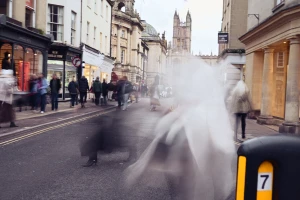
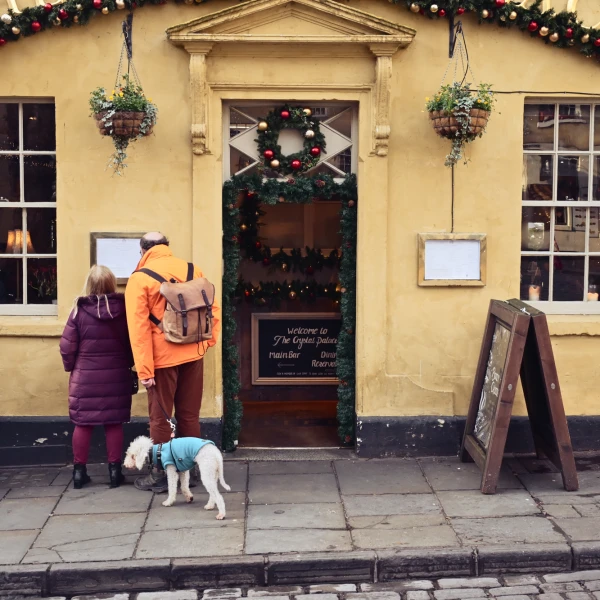
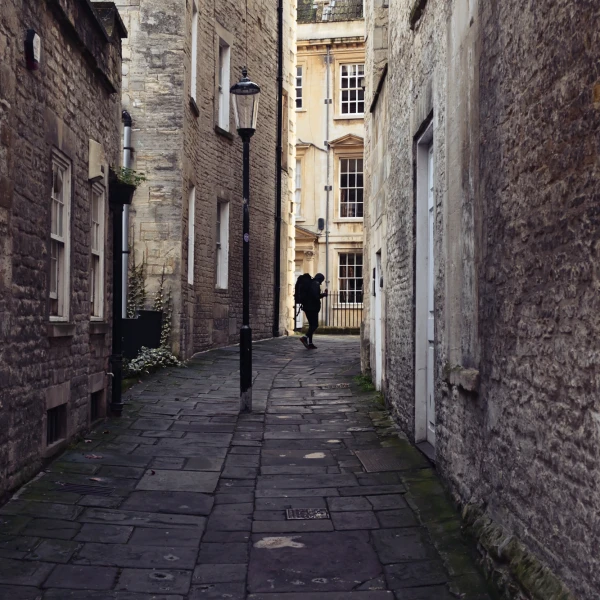
This short series was made during a brief visit to Bath, using the Nikon Zf for the first time outside familiar streets.
PhotosetBath -
Sunday, December 21 2025
Frome
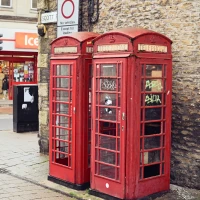
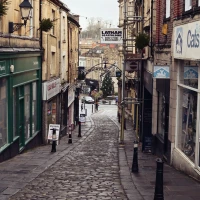
 +9
+9A morning stroll around Frome before the shops started to open
PhotosetFrome -
Sunday, December 21 2025
Stourhead

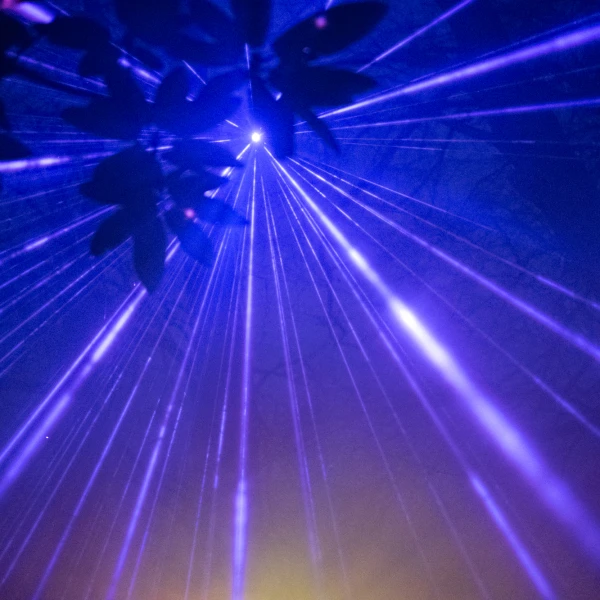
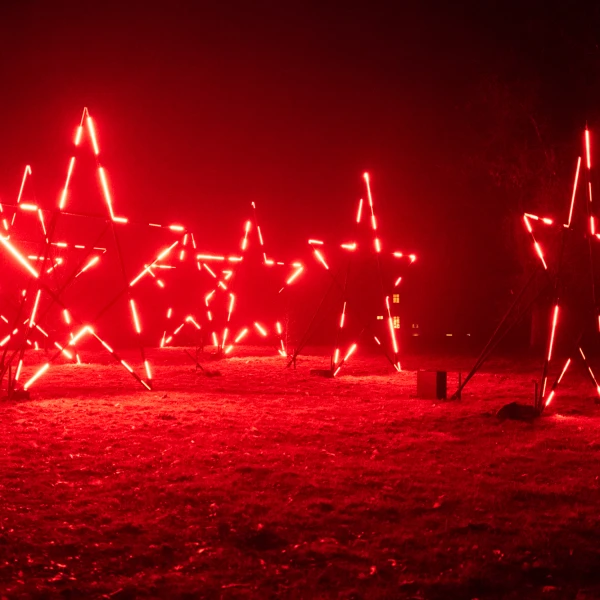
Went to Stourhead again to see the festive lights
PhotosetStourheadNational Trust -
Tuesday, October 28 2025
Lakes


 +4PhotosetLake DistrictGrasmere
+4PhotosetLake DistrictGrasmere -
Saturday, September 20 2025
Frome Carnival


 +17PhotosetFromeFrome Carnival
+17PhotosetFromeFrome Carnival -
Sunday, August 10 2025
Sunny Salford




 PhotosetSalford
PhotosetSalford -
Saturday, August 9 2025
Build Manchester



Aviva Studios became a skatepark for Build Manchester, with Adidas bringing the three stripes to the ramps.
PhotosetManchester -
Wednesday, July 2 2025
Santorini


 +19
+19Took a beautiful trip to Santorini to celebrate mine and Kelly’s joint 40th birthday. We had an amazing time soaking up the sun, exploring the island, and eating way too much tzatziki.
PhotosetSantoriniGreece -
Thursday, June 12 2025
Levenshulme


 +3
+3A walk around Leve in the sun this morning.
PhotosetManchesterLevenshulme -
Tuesday, May 6 2025
Sale



Before an appointment in Sale, Manchester, I had some time to spare and ended up wandering along the canal. I also came across the town’s surprisingly large cemetery—both quiet, atmospheric places that made for interesting photos.
PhotosetManchester